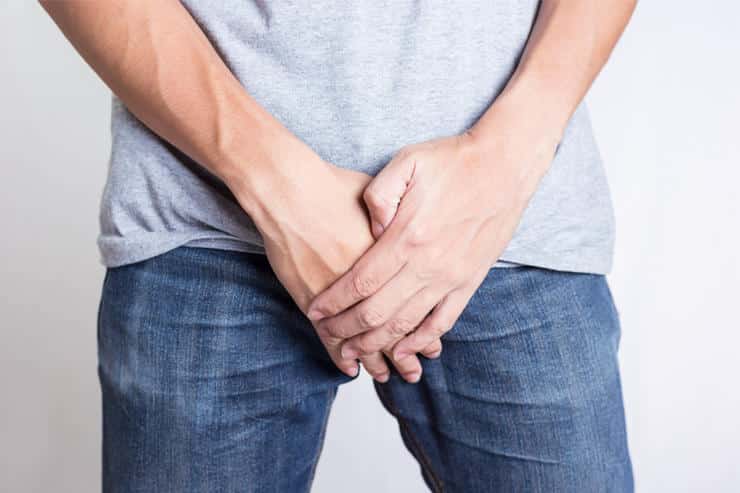
Pain in the testicle (Testicular pain)
Pain in the testicle, testicles and testicular pain can be frightening. Pain in the testicle or testicles can occur on the left and right sides - or both sides at the same time. Testicular pain can be due to less serious causes such as referred pain from muscles and nerves, myalgia, stretching, tendon damage, nerve irritation in the groin or buttocks - other diagnoses can be diabetic neuropathy or kidney stones - but remember that it can also, in rare cases, be due to more serious problems as testicular cancer.
Some of them most common diagnoses is (thankfully) muscular dysfunction (so-called myalgias) in combination with nerve irritation in the buttocks, groin and hips - in this area especially iliopsoas, quadriceps and glutes are known to cause pain against the testicles. It is therefore important to analyze / evaluate these carefully and find out which ones are too active and which ones are too weak.
Also read: Inguinal hernia - can you be affected?
More serious, though rare, diagnoses can be testicular cancer, diabetic neuropathy or inguinal hernia. Pain in the testicle can occur both on the left and right side, and towards the inside of the groin.
Causes can be overload, trauma, fall, accident, wear and tear / Osteoarthrtitis (joint wear), muscular failure loads, and mechanical dysfunction of the nearby joints (eg hip or lower back).
- When the groin muscles give pain in the testicle
A common diagnosis that causes pain in the testicle is injury or muscle dysfunction in the hip flexor - called the iliopsoas muscle. This can cause severe pain, within either the left or right testicle, which almost goes deep into the testicle. If the pain is more localized to one side than the other, one will often see an associated restriction and stiffness in the hip or pelvis on the same side.
Read more: Muscle tension in the groin
Who is affected by the pain in the testicle?
Anyone can be affected by pain in the testicle - men, that is.
- Can affect both old and young
Testicular pain is a condition that affects a larger proportion of the male population at some point in their lives - both old and young. It is important to take the pain seriously and do something about it - otherwise it can become recurrent and worsen. If, in addition to pain in the testicle, you have unexplained weight loss, fever and / or abdominal pain, it is a good idea to have an examination by your GP to check that everything is fine, just to be on the safe side. Fortunately, the most common cause is poor function in nearby muscles and joints.
What can I do even for muscle and joint pain?
1. General exercise, specific exercise, stretching and activity are recommended, but stay within the pain limit. Two walks a day of 20-40 minutes make good for the whole body and sore muscles.
2. Trigger point / massage balls we strongly recommend - they come in different sizes so you can hit well even on all parts of the body. There is no better self help than this! We recommend the following (click the image below) - which is a complete set of 5 trigger point / massage balls in different sizes:
3. Training: Specific training with training tricks of various opponents (such as this complete set of 6 knits of different resistance) can help you train strength and function. Knit training often involves more specific training, which in turn can lead to more effective injury prevention and pain reduction.
4. Pain Relief - Cooling: Biofreeze is a natural product that can relieve pain by cooling the area gently. Cooling is especially recommended when the pain is very severe. When they have calmed down then heat treatment is recommended - it is therefore advisable to have both cooling and heating available.
5. Pain Relief - Heating: Warming up tight muscles can increase blood circulation and reduce pain. We recommend the following reusable hot / cold gasket (click here to read more about it) - which can be used both for cooling (can be frozen) and for heating (can be heated in the microwave).
Recommended products for pain relief for muscle and joint pain
Biofreeze (Cold / cryotherapy)
The testicles are located to the inside of the groin on the underside of the front of the abdomen.
Also read: - What You Should Know About Osteoarthritis
Testicular anatomy
Here we see the important anatomical landmarks in the testicle.
We say that there are 6 muscles that can primarily cause pain towards the groin / towards the testicles. These are the musculus psoas majus, iliacus (collectively, the psoas and iliacus are called iliopsoas), the adductor muscles (consisting of adductor magnus, adductor brevis, adductor longus), pectineus, TFL (tensor fascia latae) and the buttock muscles. The groin and hip depend on good muscle function to avoid injuries - which in turn emphasizes the importance of keeping the hips, pelvis and back at optimal function to avoid compensatory injuries. Here you see an illustration with muscle attachments.
There are also a number of joints involved when we are talking about musculoskeletal causes of testicular pain. Then we mainly talk about the hip, hip, pelvis, sacrum, tailbone and lower back.
- The body is complex… and fantastic!
As we note from the pictures above, the body's anatomy is both complex and fantastic. This, in turn, means that we must focus holistically on why the pain arose, only then can effective treatment be found. It is also important to remember that it never does 'just muscular', there will always be a joint component, an error in movement pattern and behavior that also forms part of the problem. They only work together as a unit.
What is pain?
Pain is the body's way of saying that something is wrong or that you have injured yourself or are about to hurt you. This is an indication that you are doing something wrong. Not listening to the body's pain signals is really asking for trouble, as this is its only way to communicate that something is wrong. This applies to pain and aches all over the body, not just back pain as so many people think. If you do not take the pain signals seriously, it can lead to long-term problems, and you risk the pain becoming chronic. Naturally, there is a difference between a little tenderness and pain - most of us can tell the difference between the two.
If you suspect that it is the muscles and joints that are the cause, then treatment and specific training guidance from a musculoskeletal expert (physical therapist, chiropractor or manual therapist) is advised - often to overcome the problem for a long time. The treatment will aim at and process dysfunctions in muscles and joints, which in turn will lead to a reduced incidence of pain. When the pain is attenuated, it is necessary to weed out the cause of the problem - maybe you have a slightly bad posture that leads to some muscles and joints being overloaded? Unfavorable working position? Or maybe you do not perform the exercises in an ergonomically good way? Or are you training too little?
There are a number of possible diagnoses of testicular pain. Here you will find a list of possible causes and conditions.
Possible causes / diagnoses of testicular pain are:
Inflammation of the testicle (orchid)
Peritonitis (epididymitis)
Soft tissue damage
Diabetic neuropathy
Direct trauma to the testicle or testicles
Fournier gangrene (Tissue-destroying, necrotic infection)
hydrocele
Idiopathic testicular pain
Joint locker / dysfunction of the hip, pelvis or back
Muscle tension in the groin, thighs, seat or hip
Myalgia / myosis of the groin muscles
Neuropathy (nerve damage may occur locally or further away)
Kidney stones
Spermatocele (cyst formation in the cuticle)
Tendinitis (tendonitis)
Tendinosis (tendon injury)
Urinary infection
Varicocele (Swollen veins above the testicles)
Vasectomy (Sterilization by cutting part of the semen)
Twisted testicle
Rare causes of testicular pain:
bone cancer or any other cancer
Infection (often with high CRP and fever)
Cancer spread (metastasis)
Synovitis
Be careful not to get sore testicles or testicles for a long time, rather consult a clinician and diagnose the cause of the pain - this way you will make the necessary changes as early as possible before it has a chance to develop further.
- Any questions? Ask us directly through the comment box or via Facebook!
Commonly reported symptoms and pain presentations of testicular pain:
Acute testicular pain
Inflammation in testicle
Elimination in testicle
Burning in testicle
Deep pain in testicle
Electric shock in testicle
Enlarged testicle or testes
The right testicle is sore
Hogging in testicle
Intense pain in testicle
Knot i testicle
Cramps in testicle
Prolonged pain in testicle
Mooring i testicle
Murmuring in testicle
Muscle pain in testicle
Nervous pain in testicle
The name i testicle
Tendonitis in testicle
Chess and uneven testicle
Sharp pains in testicle
Leaning testicles
Worn in testicle
Stitching in testicle
Steal in testicle and spine
Wounds in testicle
The left testicle is sore
Effect i testicle
Sore in testicle
Clinical signs of testicular pain and testicular pain
Swelling can occur around a trauma or through an infection.
- Pressure tenderness in the area
How to prevent testicular pain
- Live healthy and exercise regularly (activity and exercise are the best medicine!)
- Seek well-being and avoid stress in everyday life - try to have a good sleep rhythm
- Comprehensive training aimed at stability of the hip, back and pelvis
- See your doctor - it is always better to be on the safe side
Imaging diagnostic examination of the testicle and testicles
Sometimes it may be necessary imaging (X, MR, CT or diagnostic ultrasound) to determine the exact cause of the problem. Normally, you will manage without taking pictures of the testicles - but this is relevant if there is a suspicion of serious pathology. Diagnostic ultrasound can be used to check the testicles for cyst formation, fluid accumulation (hydrocele) or cancer etc.
MRI image of the testicle and testicles
There are separate MRI protocols to take pictures of the testicles. Above you see an example of such an MRI examination.
X-ray of the testicle
- No, you do not normally take X-rays of the testicles - you use MRI or ultrasound instead.
Diagnostic ultrasound examination of the testicle
Description of the ultrasound examination image of the testicle: In this picture we see the testicle and a fluid accumulation-in-the testicle, which is called hydrocele. This is usually due to previous trauma, but can also, in rare cases, be due to cancer. Liquids can be removed with the medical procedure we call aspiration.
Time classification of pain in the testicle or testicles. Is your pain classified as acute, subacute or chronic?
Pain in the testicle can be divided into acute (sudden), subacute og chronic (prolonged) pain. Acute testicular pain means that the person has had pain in the testicle for less than three weeks, subacute is the period from three weeks to three months and the pain that has a duration of more than three months is classified as chronic.
Also read: - Is it tendonitis or tendon INJURY?
References:
- MRI Master
Images: Creative Commons 2.0, Wikimedia, WikiFoundy, Ultrasoundpaedia, LiveStrong
Frequently asked questions about pain in the testicle:
Q: Cause of sudden pain in the testicle?
As mentioned, there are a number of possible causes and diagnoses of pain in the testicle on the left or right side - the symptoms must be seen in full. The cause of more recent pain in the testicle is usually due to trauma or shock - it is important to remember that we are talking about sensitive structures here. See list higher up in the article. If you elaborate on your concerns in the comments section below, we can do more to help you.
Q: Why do you get pain in the testicle? And where can one get hurt?
Pain is the body's way of saying that something is wrong. Thus, pain signals must be interpreted as meaning that there is a form of dysfunction in the area involved, which should be investigated and further remedied with proper treatment. Pain in the testicle or testicles can affect the right testicle, left testicle or both testicles. The pain can be felt inside, on one side or on both sides.
We hope this article has helped you. If you have more questions, we remind you that you can post them in the comments section via Our Facebook page, or ask any of our experts for free here .
QUESTIONS: - Get answers - completely free!
Sincerely,
VONDT.net (Feel free to invite your friends to like Facebook pages our)
Please support our work by following us on social media:
 - Please follow Vondt.net on YOUTUBE
- Please follow Vondt.net on YOUTUBE
(Follow and comment if you want us to make a video with specific exercises or elaborations for exactly YOUR issues)
 - Please follow Vondt.net on FACEBOOK
- Please follow Vondt.net on FACEBOOK
(We try to answer all messages and questions within 24 hours. We can also help you tell you which exercises are right for your problem, help you find recommended therapists, interpret MRI answers and similar issues. Contact us at day!)
Images: CC 2.0, Wikimedia Commons 2.0, FreeStockPhotos and reader contributions
Also read: - Backache? You should know this!
Also read: - Stomach ache? Find out more!
Also read: - Groin pain? More information can be found here!
Also read: - New Alzheimer's treatment restores full memory function!

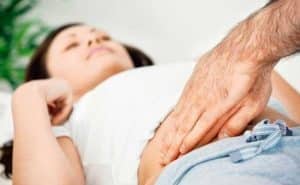







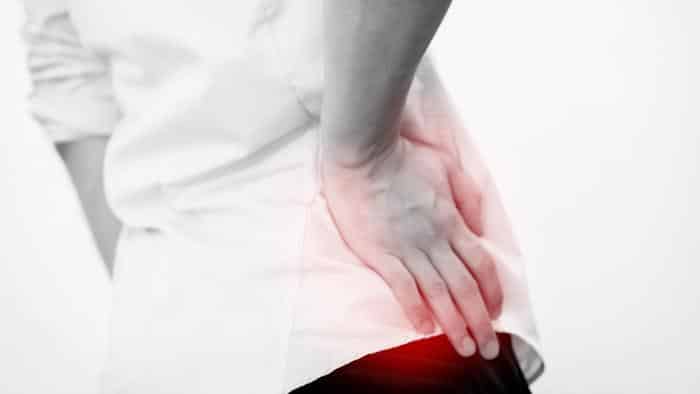




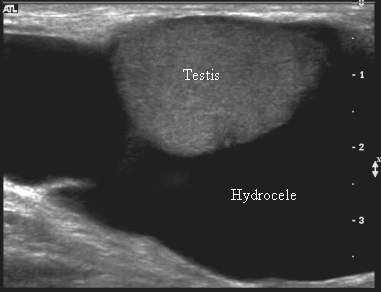




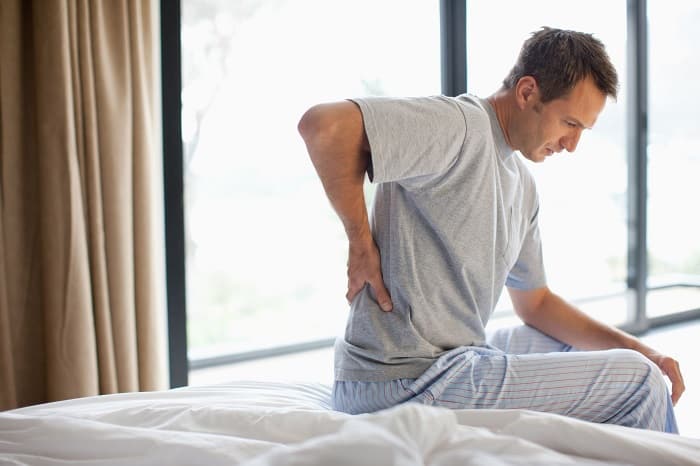
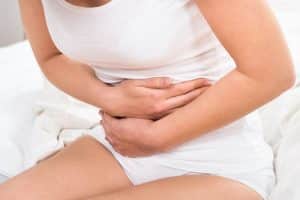


Leave a reply
Want to join the discussion?Feel free to Contribute!